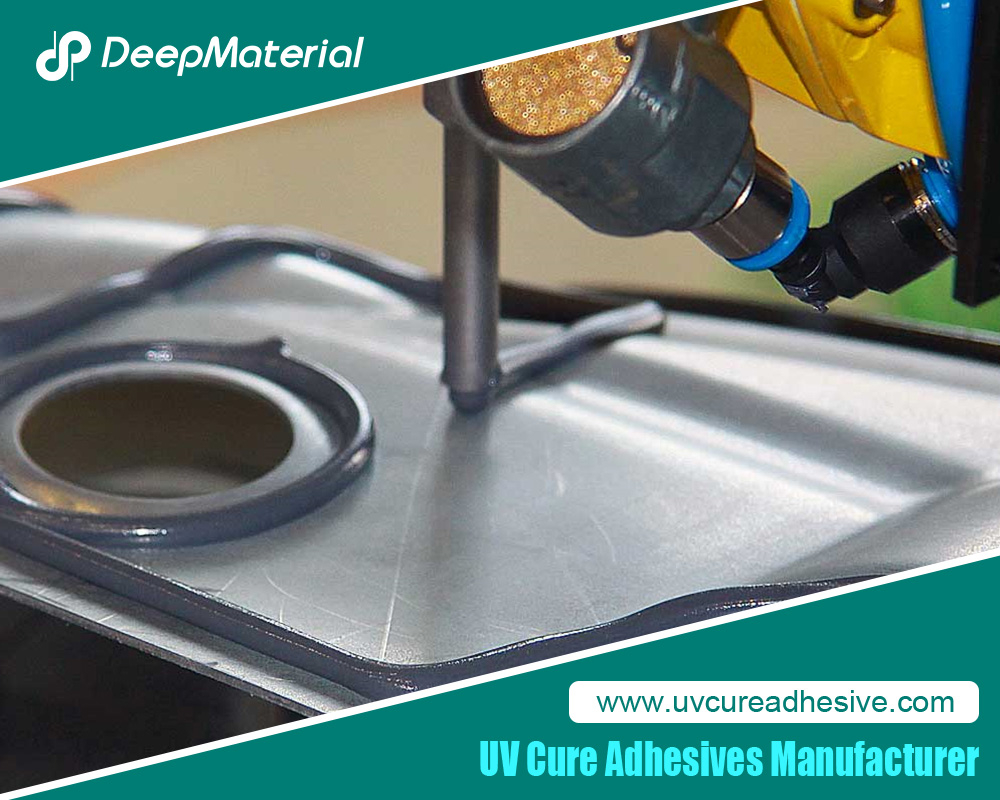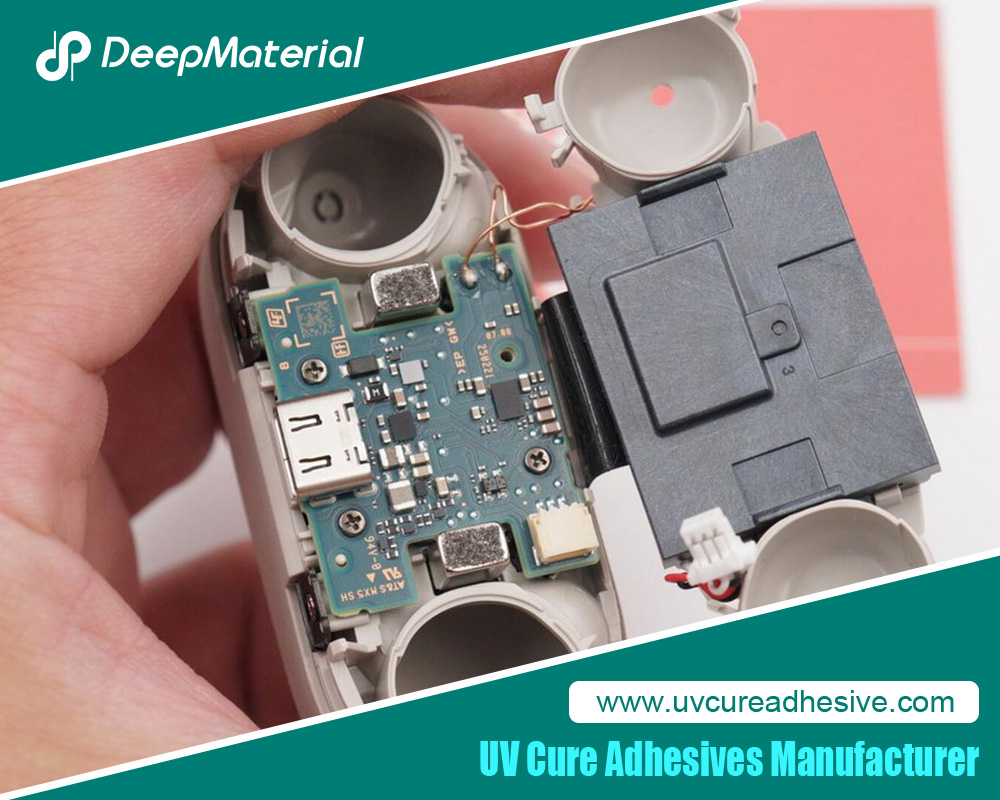The Best Fire Suppression System for Battery Rooms: A Comprehensive Guide
As the use of batteries continues to grow, especially in industries like renewable energy, electric vehicles, and data storage, the risk of fires in battery rooms has become a significant concern. Battery rooms, where high-energy lithium-ion and other types of batteries are stored or charged, are prone to incidents due to thermal runaway, short circuits, or overcharging. These fires can spread quickly and cause significant damage to both property and personnel.
Given the potential severity of battery room fires, it is crucial to have an adequate fire suppression system in place. However, selecting the best fire suppression system for a battery room requires understanding the unique risks associated with batteries and the limitations of traditional fire suppression methods. This article will explore different fire suppression options, key considerations, and how to choose the best system for your battery room.
Key Considerations for Fire Suppression in Battery Rooms
Before diving into specific fire suppression technologies, it’s essential to understand the unique challenges posed by battery room fires. These challenges influence the selection of the most suitable fire suppression system:
- High Energy Output:Batteries, especially lithium-ion, have a high energy density, meaning they store significant energy. In the event of a fire, this energy can be released rapidly, exacerbating the severity of the blaze.
- Thermal Runaway:A common phenomenon in battery fires, thermal runaway occurs when a battery overheats and triggers a chain reaction, causing more batteries to ignite. It makes controlling the fire more difficult.
- Toxic Emissions:When batteries burn, they release harmful gases such as hydrogen fluoride and carbon monoxide, threatening human health and the environment.
- Delicate Equipment:Battery rooms are often filled with expensive and sensitive equipment, so a fire suppression system must be effective yet non-damaging to valuable assets.
Types of Fire Suppression Systems for Battery Rooms
Various fire suppression methods are available, each with advantages and limitations. Some systems are designed specifically to address the risks posed by battery fires, while others are more generalized. Below are some of the most common fire suppression systems that can be implemented in a battery room:
1. Clean Agent Fire Suppression Systems
Clean agent systems are popular for fire suppression in environments with sensitive electronic equipment, such as battery rooms. These systems use gaseous agents to extinguish fires without leaving residue or damaging equipment.
Advantages:
- No residue or cleanup is required.
- Non-conductive and safe for electronics.
- Effective at suppressing fires without harming equipment or personnel.
How They Work: Clean agent systems reduce the oxygen levels in the affected area or chemically interrupt the combustion process. The gases used, such as FM-200 or NOVEC 1230, are safe for human exposure in controlled amounts, making them ideal for areas where personnel may still be present.
Best Use Case: These systems are most effective in enclosed spaces where battery fires could spread quickly but are unsuitable for environments with high temperatures or intense fires.
2. Inert Gas Fire Suppression Systems
Inert gas systems are similar to clean agent systems but rely on gases like nitrogen, argon, or carbon dioxide (CO2) to displace oxygen and suppress fire. These systems effectively prevent thermal runaway and are often used in environments with high fire risks.
Advantages:
- Cost-effective and readily available.
- No residue or cleanup.
- Reduces oxygen levels to suffocate the fire.
How They Work: When a fire is detected, inert gases are released into the room to lower the oxygen concentration, preventing combustion. These systems are generally safer than CO2-based systems because, if managed correctly, they do not pose a direct asphyxiation risk to personnel.
Best Use Case: This product is ideal for large battery storage rooms where the fire risk is spread across a broader area, and an immediate drop in oxygen levels is needed.
3. Water-Based Fire Suppression Systems
Water-based systems are a traditional form of fire suppression, but they are less commonly used in battery rooms due to the potential damage water can cause to sensitive equipment. However, they can still be an option under specific conditions.
Advantages:
- Effective at extinguishing most types of fires.
- It can quickly suppress large fires and cool down overheated batteries.
- Cost-effective and widely available.
How They Work: These systems use sprinklers or mist to discharge water and cool the fire. Water can suppress the flames directly while reducing the temperature of the affected batteries, potentially preventing thermal runaway.
Best Use Case: It suits areas with less sensitive equipment or situations where fire containment is more critical than protecting electronics.
4. Foam-Based Fire Suppression Systems
Foam fire suppression systems are effective for dealing with flammable liquid fires. They can suppress battery fires, especially with other systems, for better fire control.
Advantages:
- Effective for suppressing fires that involve flammable liquids or gases.
- It can provide a blanket over the fire to prevent re-ignition.
How They Work: Foam systems form a layer over the fire, preventing oxygen from reaching the flames. The foam also cools the surrounding area, reducing the heat and preventing the fire from spreading.
Best Use Case: It is suitable for battery rooms where batteries are mixed with flammable liquids, but it is less effective on electrical fires alone.
5. Pre-Action Sprinkler Systems
Pre-action sprinkler systems are hybrid traditional water sprinklers and more advanced fire detection systems. These systems require heat and smoke detection before releasing water, preventing accidental activation in the event of a false alarm.
Advantages:
- Precise detection of heat and smoke reduces the chance of false alarms.
- It provides a quick response to fires without unnecessarily damaging equipment.
How They Work: These systems utilize heat or smoke detectors to confirm the presence of a fire. Once the fire is verified, water is released through the sprinklers. It minimizes the risk of water damage while still providing fire suppression capabilities.
Best Use Case: This is ideal for battery rooms with high fire risk, but protecting sensitive equipment is paramount.
Choosing the Best Fire Suppression System for Your Battery Room
When selecting the best fire suppression system for a battery room, several factors should be considered to ensure safety and effectiveness:
Fire Risk Assessment
- Conduct a thorough fire risk assessment to understand your battery room’s dangers. Consider the type of batteries used, the room’s ventilation, and the likelihood of a thermal runaway event. The more accurate your assessment, the better your system choice will be.
Battery Type and Configuration
- Different battery chemistries have unique fire risks. For example, lithium-ion batteries are more prone to thermal runaway than lead-acid batteries. The configuration of the batteries (e.g., whether they are stacked or placed in individual units) also affects the suppression strategy.
Response Time
- The faster a fire suppression system can respond, the less damage the fire will cause. Systems like clean agents or inert gas suppression have quick response times, making them ideal for quickly containing fires before they spread.
Environmental Considerations
- Battery rooms are often located in areas with special environmental conditions, such as high humidity or temperature fluctuations. Choose a fire suppression system suitable for these conditions and will not be compromised by environmental factors.
Maintenance and Training
- A sound fire suppression system requires ongoing maintenance and staff training to be effective. Choose a system that is easy to maintain and provides clear guidance on testing and servicing. Ensure your staff is trained in the system’s operation and fire safety procedures.
Conclusion
The best fire suppression system for a battery room will depend on various factors, including the type of batteries used, the room’s layout, and the fire risks present. Clean agent and inert gas systems are often ideal for environments with sensitive equipment, while water-based or foam systems may be more appropriate for more extensive, less sensitive spaces.
For more about choosing a comprehensive guide to the best fire suppression system for battery rooms: a comprehensive guide, you can pay a visit to DeepMaterial at https://www.uvcureadhesive.com/ for more info.




